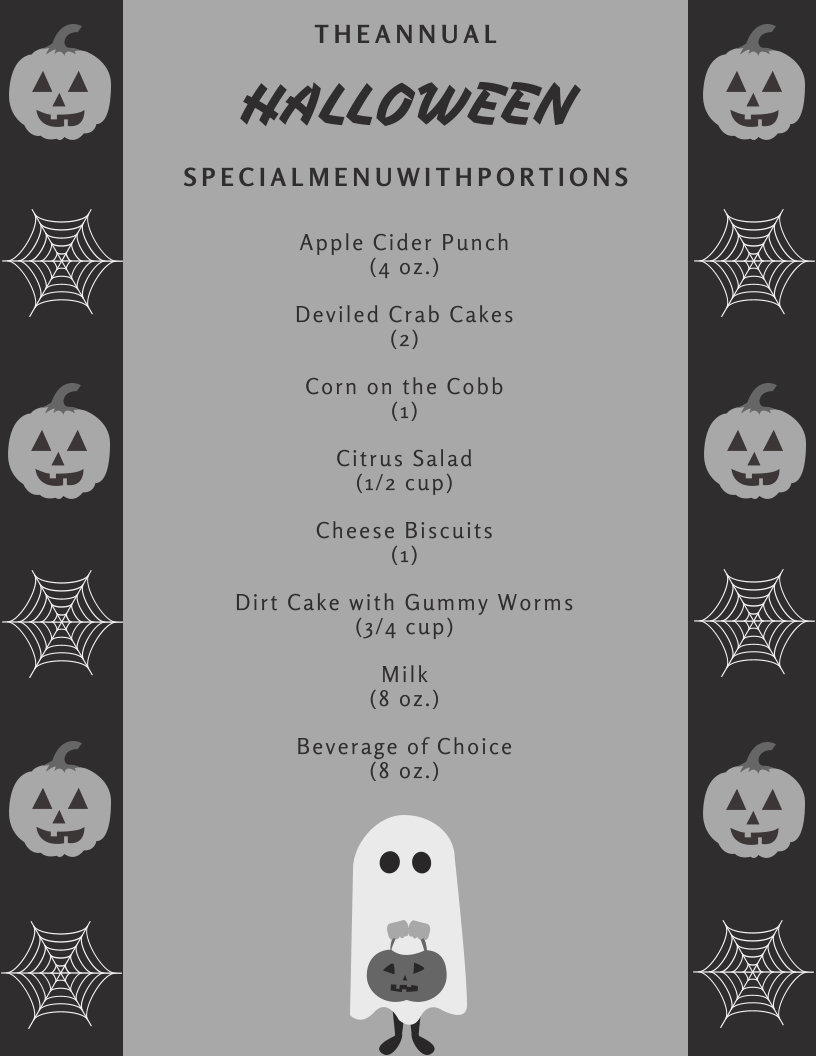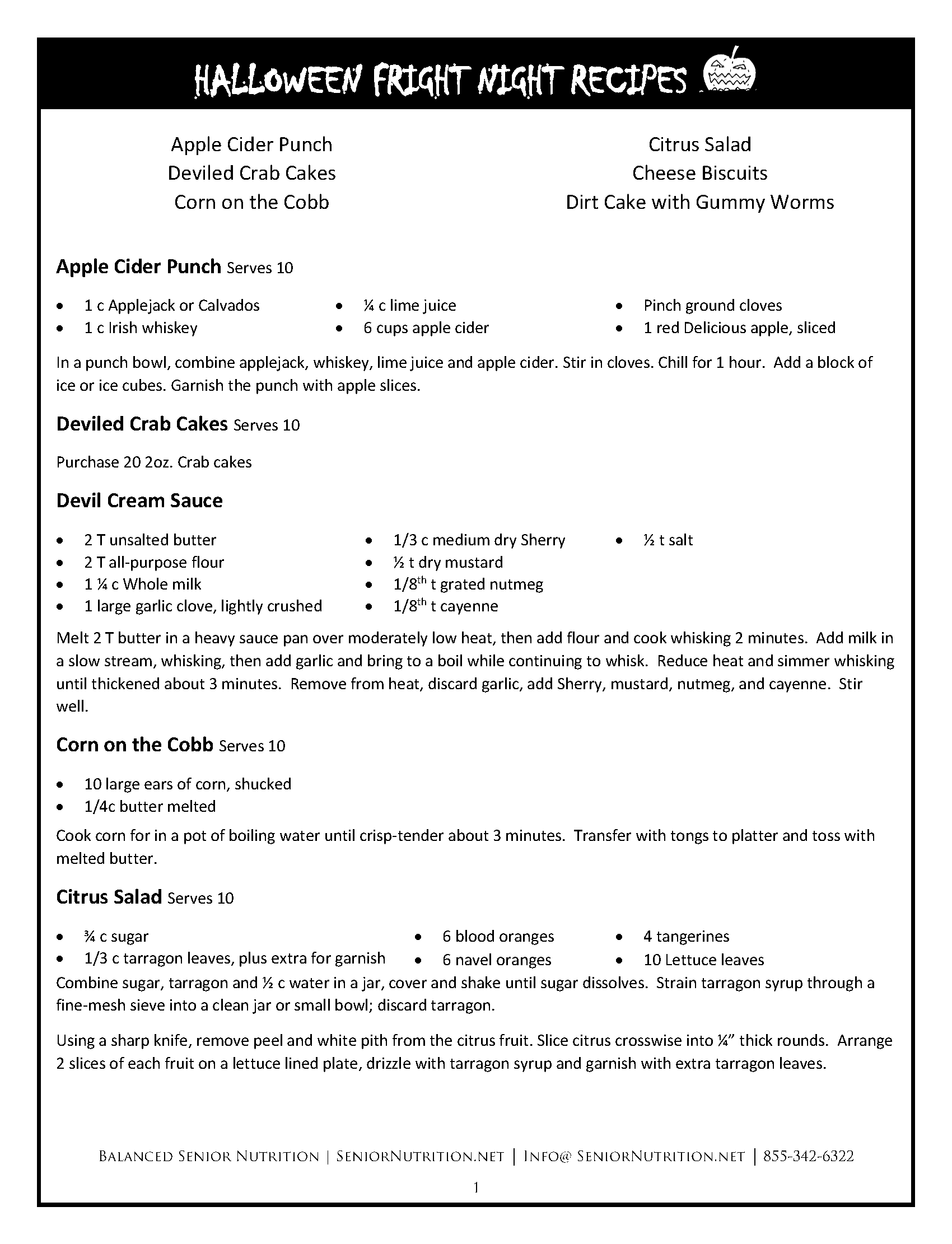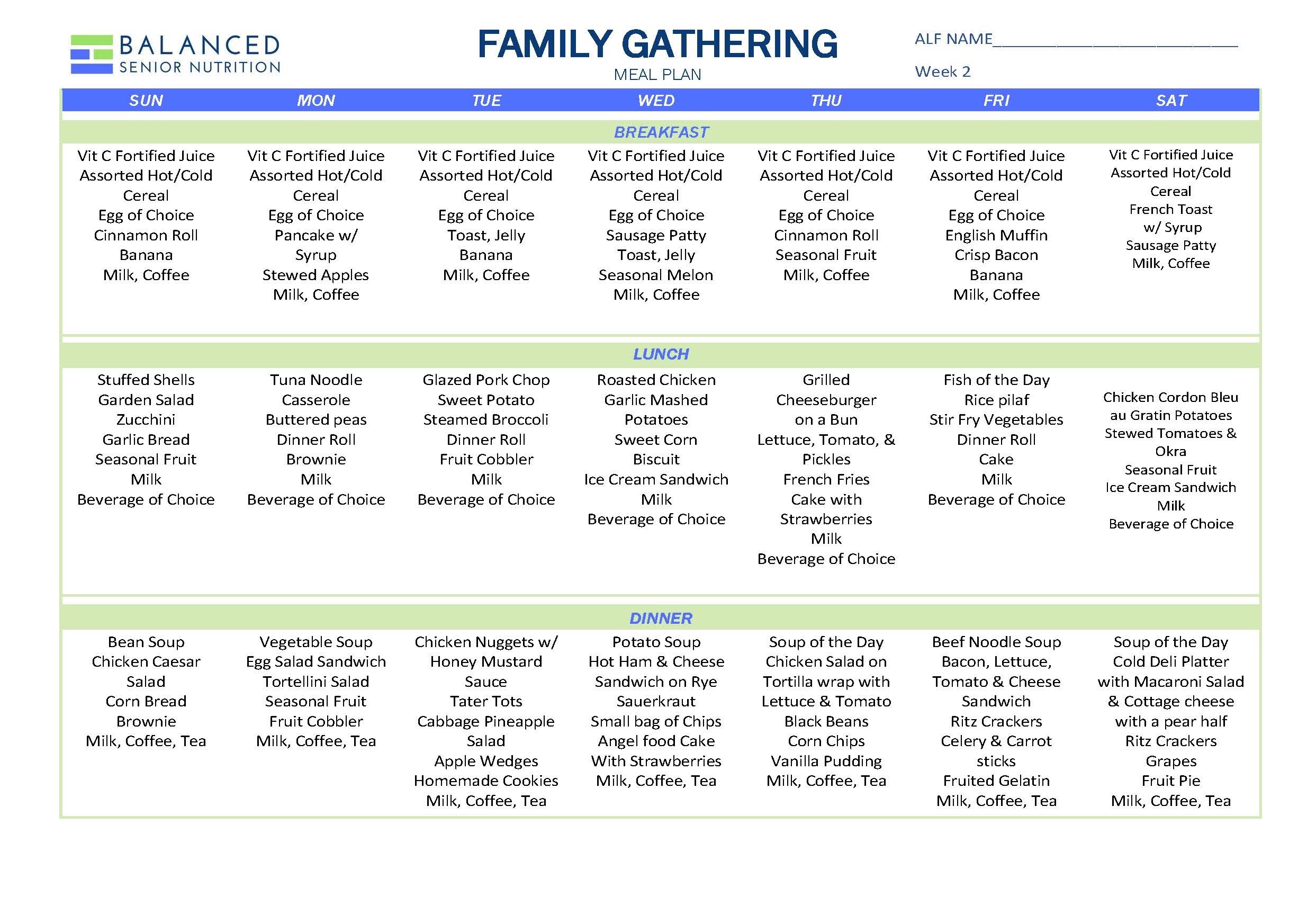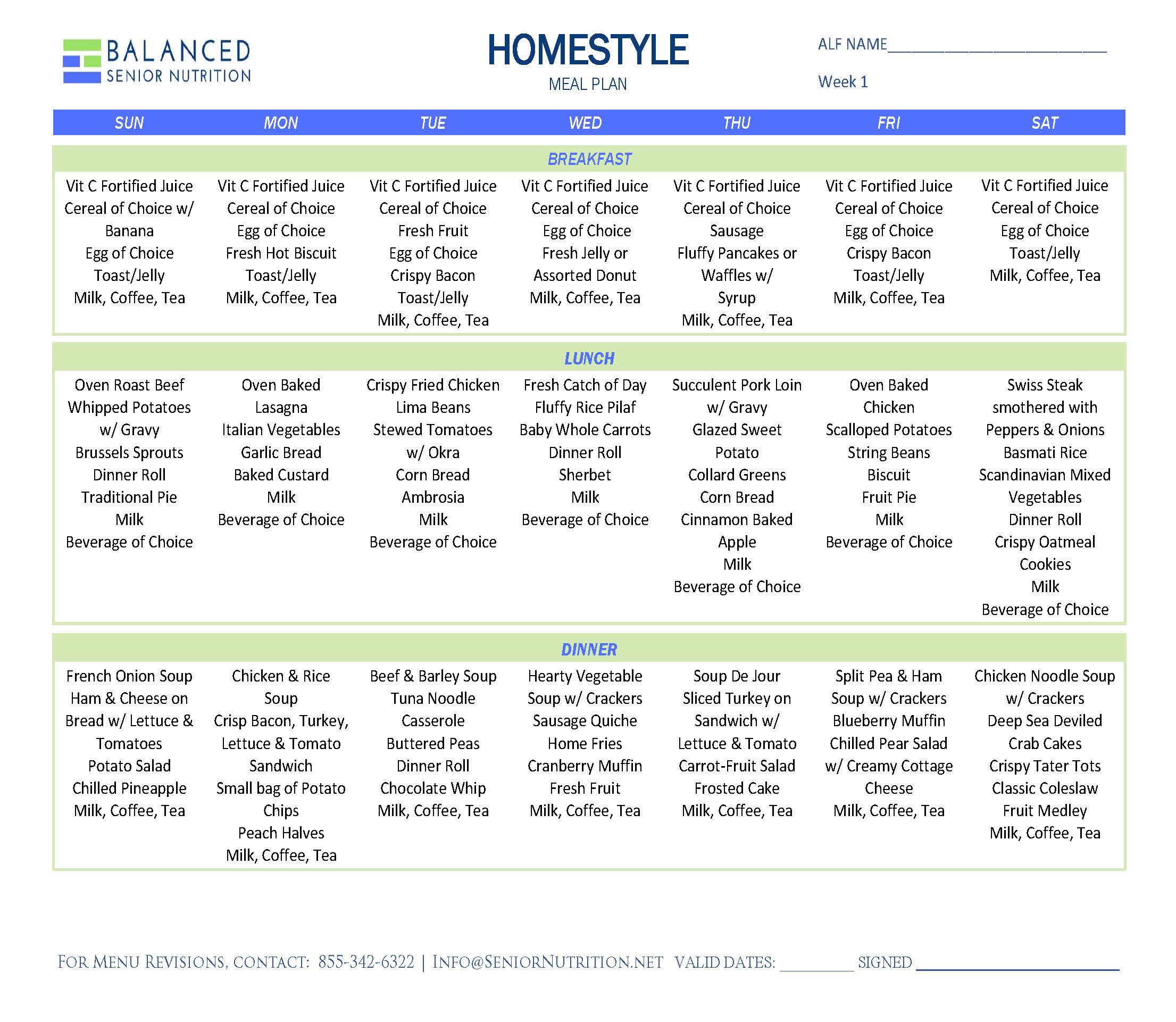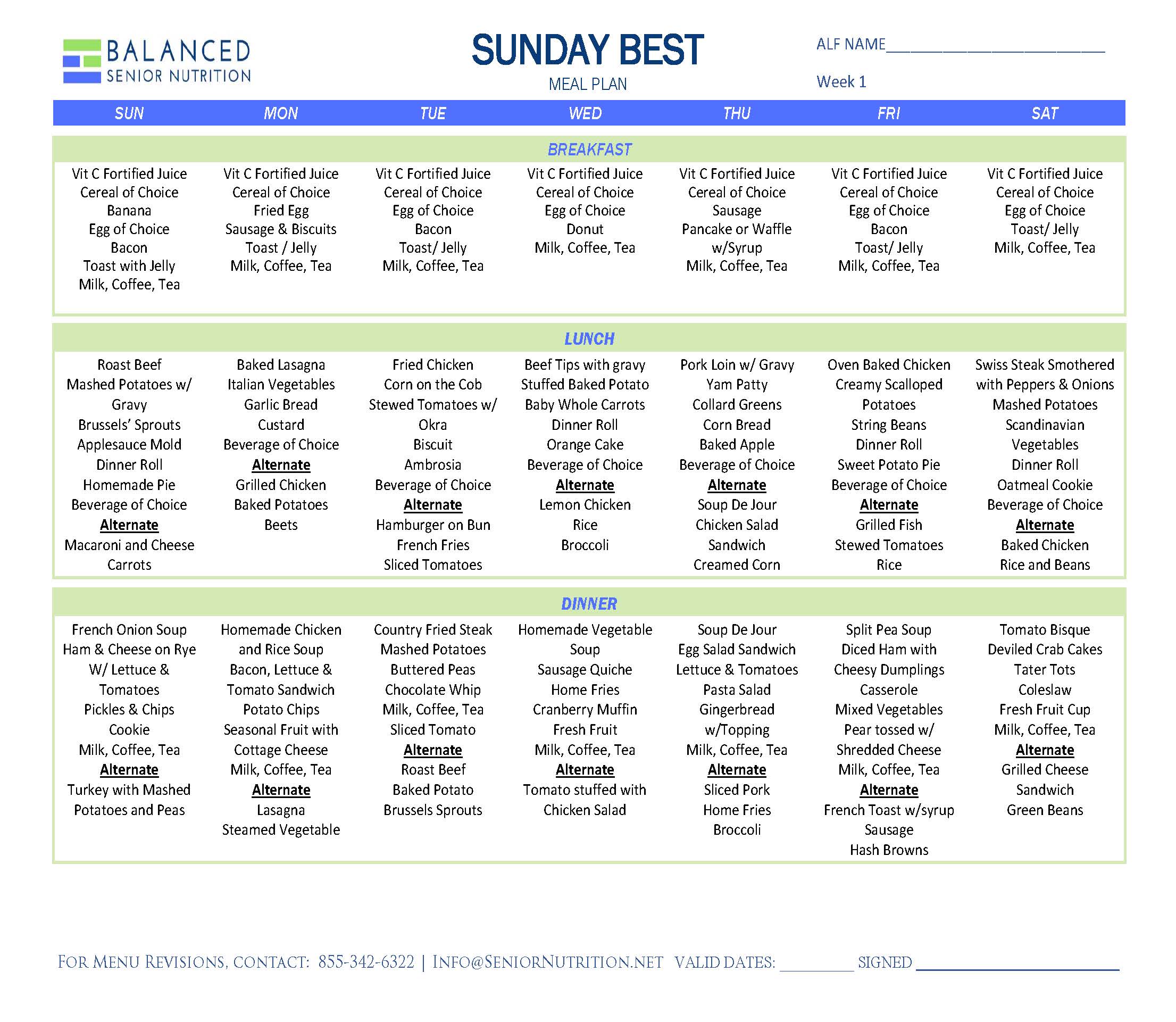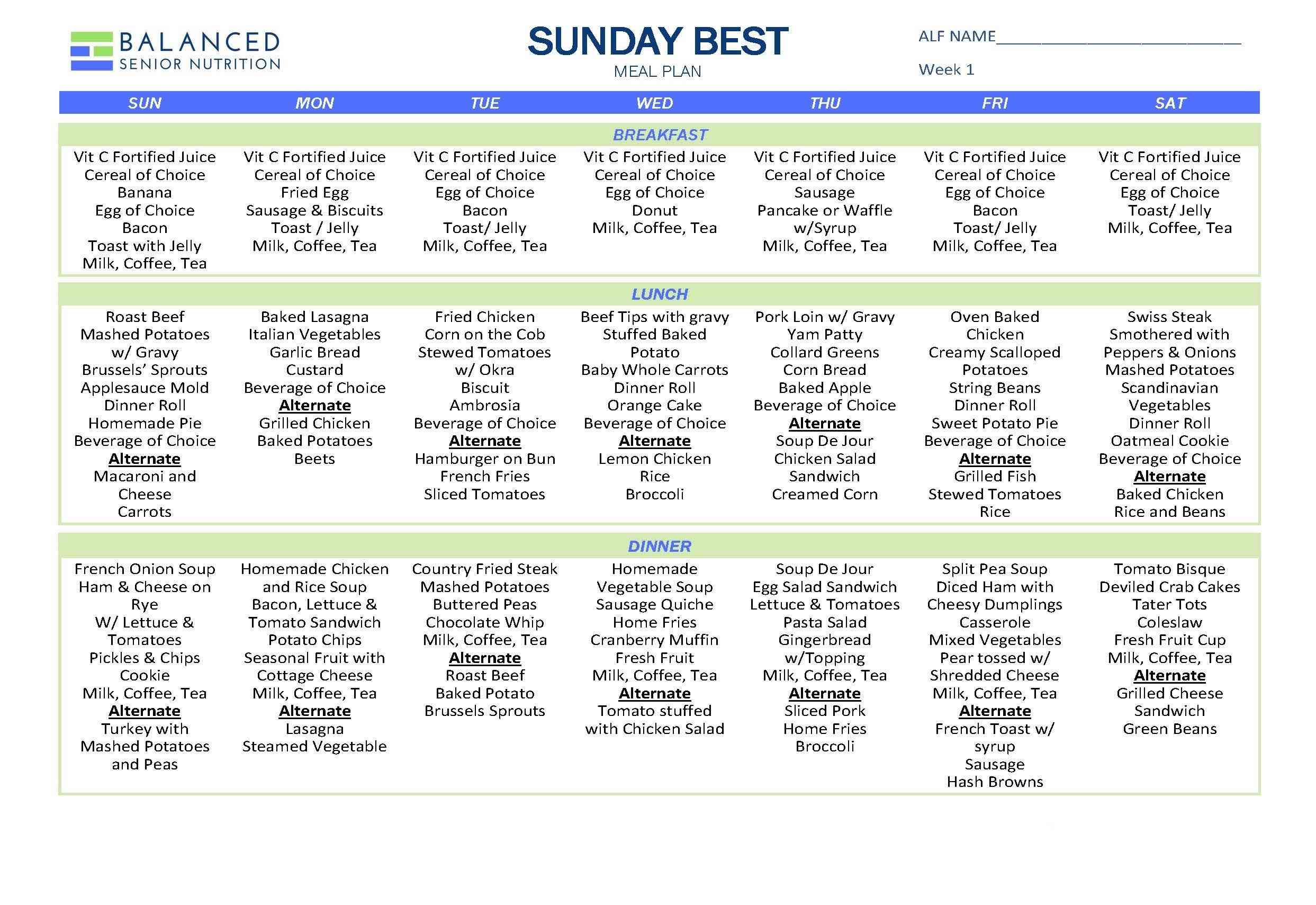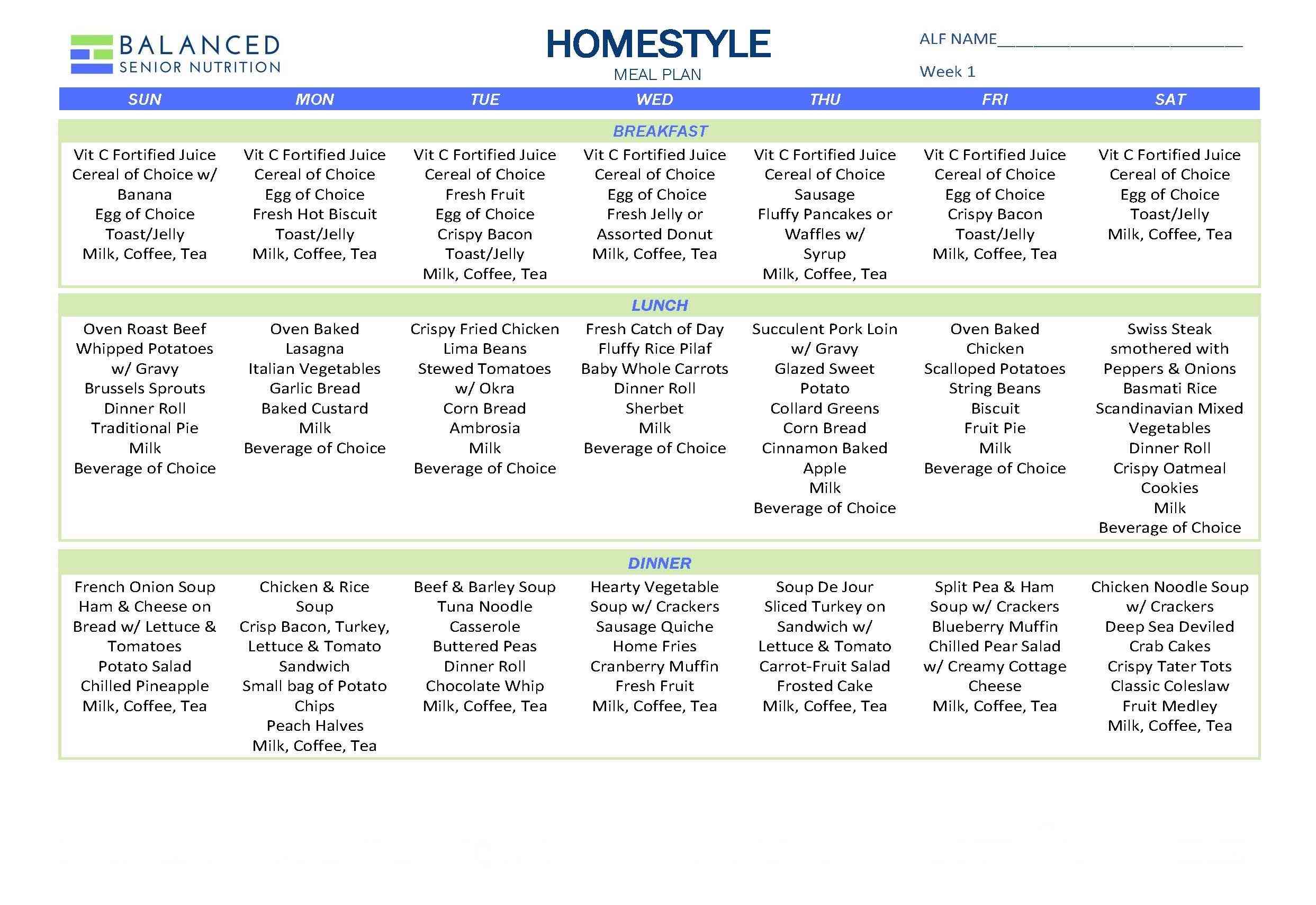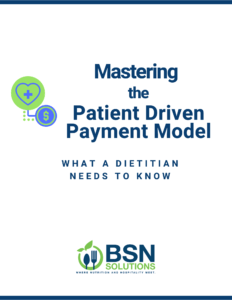
Failing to have a working system to catch malnutrition or obesity issues can be costly. One company found that missing a diagnosis for malnutrition resulted in a loss of $550-$1600 dollars through the length of each admission.
It’s important for optimal reimbursement that we all better understand the practical implications of PDPM, such as the importance of the initial assessment occurring within seven days. That’s why BSN Solutions is offering you an eBook for dietitians and CDMs called “Mastering the Patient Driven Payment Model”.
This complimentary eBook, written for Dietitians and CDMs, includes:
- The purpose of the new payment model for nursing homes and its significance to nutrition services
- The criteria to meet the diagnoses of Morbid Obesity and Malnutrition
- How to organize an initiative within the nursing home to ensure the efficiency and accuracy of nutrition data when using the new payment model
The Link Between Registered Dietitians and Reimbursement
There are six payment components to PDPM; five are related to therapy ancillaries. The sixth component is non-therapy ancillary (NTA), which includes nutrition and provides the chance to prove how vital the services of a knowledgeable dietitian are to the patient care process and reimbursement.
The Importance of Timely Assessments
As you know if you have reviewed the PDPM, time is critical when communicating malnutrition and morbid obesity diagnoses. RDs need to follow set procedures to consistently record height and weight.
The RD should prioritize completing nutritional assessments using the ICD-10 nutrition diagnoses form in order to have all documentation for malnutrition and morbid obesity in place before day seven.
Since the only MDS submissions that involve the dietitian are now the 5-day MDS, the IPA, and the discharge MDS, whatever is on the 5-day MDS will affect reimbursement throughout the possible 100 days.
Once your community has those assessments, your dietitians must communicate with you and the appropriate members of your staff to get those malnutrition or obesity diagnoses added to the MDS by day seven. That means administration, the director of nursing and the medical director should meet with the dietitian to discuss possible NTA related ICD-10 codes and how they relate to the community’s specific plans.
As an administrator, you must make it easy for everyone to learn the procedures of this new model and to make sure those changes happen within the seven-day period. To best prepare your nutrition staff to understand this documentation process and its importance to reimbursement, you need training.
Check out our 1 CEU training ebook, Mastering the Patient Driven Payment Model.

